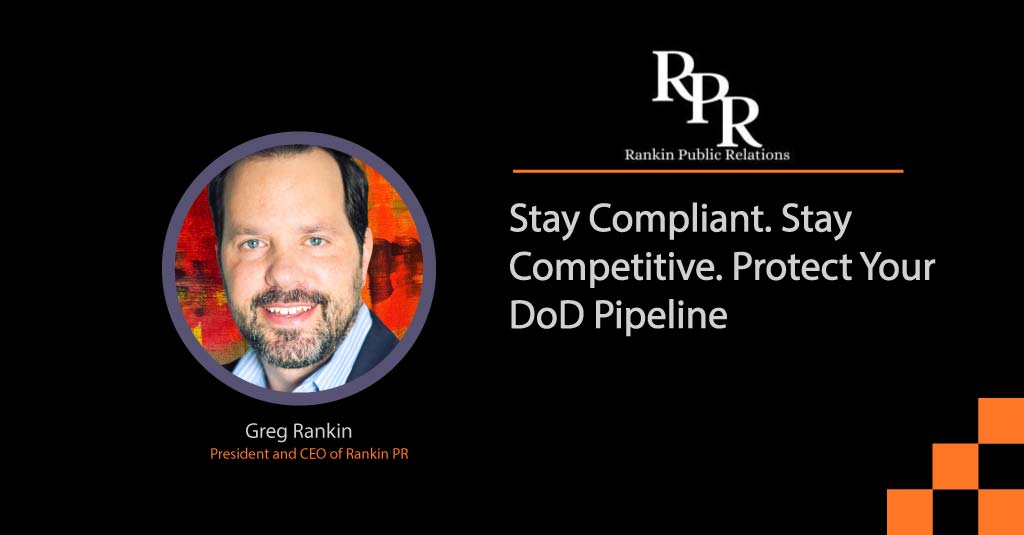Deepfake is not merely a bizarre thing from the future; they have already transformed into real-world tools to commit fraud, manipulate, and spread fake news. Unfortunately, it is not only criminals who are engaging in these activities; executives, politicians, and other prominent figures also partake in or become victims of these manipulations. Thus, security teams must grasp deeply the whole picture of the deepfake world, including its ethical use and abuse.
Copying of multimillion-dollar corporations, celebrity impersonations for scandalous purposes, and fake political controversies are some of the deepfake-related criminal happenings exemplified by the cases in the article. We will learn about them along with the valuable, indispensable lessons from the cybersecurity field.
1. The $25 Million Corporate Deepfake Heist
Let’s say it was your company’s top officials, executives with whom you partook a video call, then a video was sent to you, showing that you realize none of these executives were authentic human beings. It means that is how fraudsters duped an employee of Arup, a UK-based firm, in 2024. The perpetrators generated deepfake videos using AI technology of the top management and prompted the employee to wire $25 million. By 2026, Gartner predicts that 30% of large enterprises will face deepfake-driven social-engineering attacks, up from less than 2% in 2023.
It showcases how deepfakes allow infiltrators to cleverly take advantage of human psychology by trying to fool a person’s trust instinct instead of hacking technical security systems. Cybersecurity is not a game of fortresses; it’s about being watchful and confirming.
2. Fake Instagram Ads Featuring Gisele Bündchen
In Brazil, scamming activities included the use of deepfakes of supermodel Gisele Bündchen in Instagram advertisements that were merely a front for the schemes. The victims bought the idea that the endorsements are genuine, and the scammers took off with huge amounts of money.
PwC reports that 71% of consumers say they are less likely to trust a brand that is associated with misinformation, even if the brand is not directly responsible.
One of the most far-reaching harms coming from this technology is the fact that, under such a perfect disguise, celebrities’ identities get hijacked without any suspicion, and the trustworthiness of the onlookers is the very thing that the tricksters are exploiting.
3. Bollywood’s Legal Counterattack: The Bachchan Case
Aishwarya Rai Bachchan and Abhishek Bachchan sued YouTube and Google after explicit deepfake videos of them appeared online. They asked for ₹4 crore in compensation, which moved the topic of non-consensual deepfake pornography to the forefront of legal conversations in India.
This lawsuit shows a changing situation, where courts are somewhat close to dealing with AI-abuses, but the damage to the reputations of the victims is often already done.
4. OpenAI’s Sora 2 – Innovation Meets Risk
The debut of OpenAI’s Sora 2, an extremely realistic video and audio generation platform, presented not only the bright side of the deepfake technology but also the associated risks. Creators could hardly be happier to have Sora 2 at their disposal, yet it also significantly raises the potential for abuse of their work.
Deloitte research shows that 41% of executives believe generative AI poses significant reputational risks to their organizations if not properly governed.
Such a “double-edged sword” scenario is a reminder that cybersecurity experts need to foresee the risks that may come with new tools, even if these tools are positive for innovation.
5. Sam Altman’s Fake Target Theft Video
Very soon after Sora 2 was launched, a deepfake video depicting OpenAI CEO Sam Altman stealing GPUs from a Target store went viral. However, it wasn’t real. But it was authentic-looking enough to cause heated online discussions.
This example makes one of the hardest points about the nature of fakes: the moment they are plausible and available is when the task of proof of innocence falls on individuals and organizations.
6. Taylor Swift Deepfake Scandal
A series of sexually explicit deepfake images of Taylor Swift circulated rapidly across X (previously known as Twitter) in January 2024. Amid a sea of negative reactions, several rights groups demanded more stringent safeguards to prevent AI-generated non-consensual sexual content.
This matter is a clear signal to security and policy authorities of the manner in which human rights and safety can be infringed upon beyond the scope of technical solutions.
7. The “Polvoron” Video in the Philippines
In July 2024, a deepfake video of Philippine President Ferdinand Marcos Jr., allegedly depicting him using drugs, surfaced and was extensively circulated. Despite being deprived of politically charged discussions later on, as it was quickly figured out to be fake, the “Polvoron video” was still able to stoke anger and debate.
Deepfake technology, such as this, could be exploited to unravel government trust and manipulate the public psyche, which is what this occurrence most evidently depicts.
8. AI-Generated Intruder Hoaxes in Ireland
Pranksters in Ireland started generating AI pictures of burglars in an attempt to scare recipients and even encourage them to dial the emergency services in a crazy panic. Even though the “jokes” were quite obviously hoaxes, they still managed to waste public resources and increase the fear of the people.
The essential lesson to learn from this is that the consequences of deepfake “low-level” abuses are real, ranging from the disintegration of trust to the overextension of public safety resources.
9. Florida Teens and the Rise of Deepfake Misuse in Schools
Two middle school students in Florida were charged with the creation and distribution of AI-generated nude images of their fellow students. The incident, for which they were indicted under laws criminalizing non-consensual sexual content, pointed out the ease and peril of deepfake technology even for children.
Instead of being about “pranks,” this is digital literacy’s, ethical education’s, and law’s immediate necessity, victimization’s advocacy.
10. The U.S. “TAKE IT DOWN Act”
In 2025, the TAKE IT DOWN Act, which requires platforms to quickly eradicate AI-generated sexually explicit content without the consent of those concerned. The Act allowed victims even more potent ways to inform the authorities and demand the deletion of false content.
For security professionals, this is indicative of a more extensive legal environment that is coming, which will require organizations to account for how they identify, notify, and handle deepfake threats.
Key Lessons for Security Professionals
Check it out and don’t assume – The things in the digital world, such as emails, video calls, or even the recordings, are not completely trustworthy by themselves. They can only be considered as one of the pieces of evidence, but not the absolute truth, requiring us to use other methods to confirm.
Keep your staff continuously trained – Social awareness in a person is very important, and sometimes it is the last line of defense in the battle against those who exploit deepfakes.
Utilize detection tools – One of the remarkable AI-driven detection systems is the kind that can provide a first sign that a medium has been changed even before the wrongdoers use it to cause more harm. Gartner projects that by 2027, over 50% of enterprises will adopt AI-based deepfake detection as part of their cybersecurity strategy.
Remember to stay ahead of the game – The regulations related to deepfakes have become stricter. To sum it up, coping with the cybersecurity issues will make the security officer’s job easier, besides being their responsibility as well.
Make education well known – Learning not only is successful from the aspect of the company, but also from the people’s point of view. Awareness programs are the keys to getting the message out there, so individuals become more vigilant about the truth of the information, and fewer scammers exploit the situation.
Final Thought
Deepfakes are not merely a momentary fashion; instead, they fundamentally alter our understanding of what is true in the digital era. The main objective for the security industry is not only to outsmart the adversaries but also to be the first to restore trust, which can only be done through openness, tools, and alertness.
FAQs
1. What do we understand by deepfakes?
Deepfakes are fabricated audio, video, and pictures created by AI that closely resemble the original and are mostly used for deceiving and tricking purposes.
2. What are the possible effects that deepfakes may have on companies?
For example, deepfakes can create a video of a company executive speaking falsely and imitate a voice to give false instructions to employees, thereby tricking them into doing what the hijackers want. Such incidents cause direct financial loss and lasting reputational damage to the company, besides reputations being worsened.
3. Is the deepfake detection technology foolproof?
No. Detecting deepfakes is not foolproof; it’s a cat-and-mouse game. AI detection helps, but attackers and detectors evolve together. There is a variety of AI-driven detection tools, but as deepfakes get more intricate, so must the tactics of detection.
4. Are governments taking measures to limit deepfakes?
Of course. The USA TAKE IT DOWN Act, along with other regulations that have been enacted globally, is initiatives that target the prevention of the manufacturing of deepfake content without consent or the utilization of it for the harm of others.
5. What should a person do if they think a deepfake is the case?
It is advised that individuals refrain from immediately coming to a conclusion and disseminating the information. Verification should be done first by state and private sources that are independent and trustworthy. Also, organizations and fact-checkers can be the verifiers too.
For deeper insights on agentic AI governance, identity controls, and real‑world breach data, visit Cyber Tech Insights.
To participate in upcoming interviews, please reach out to our CyberTech Media Room at sudipto@intentamplify.com.







